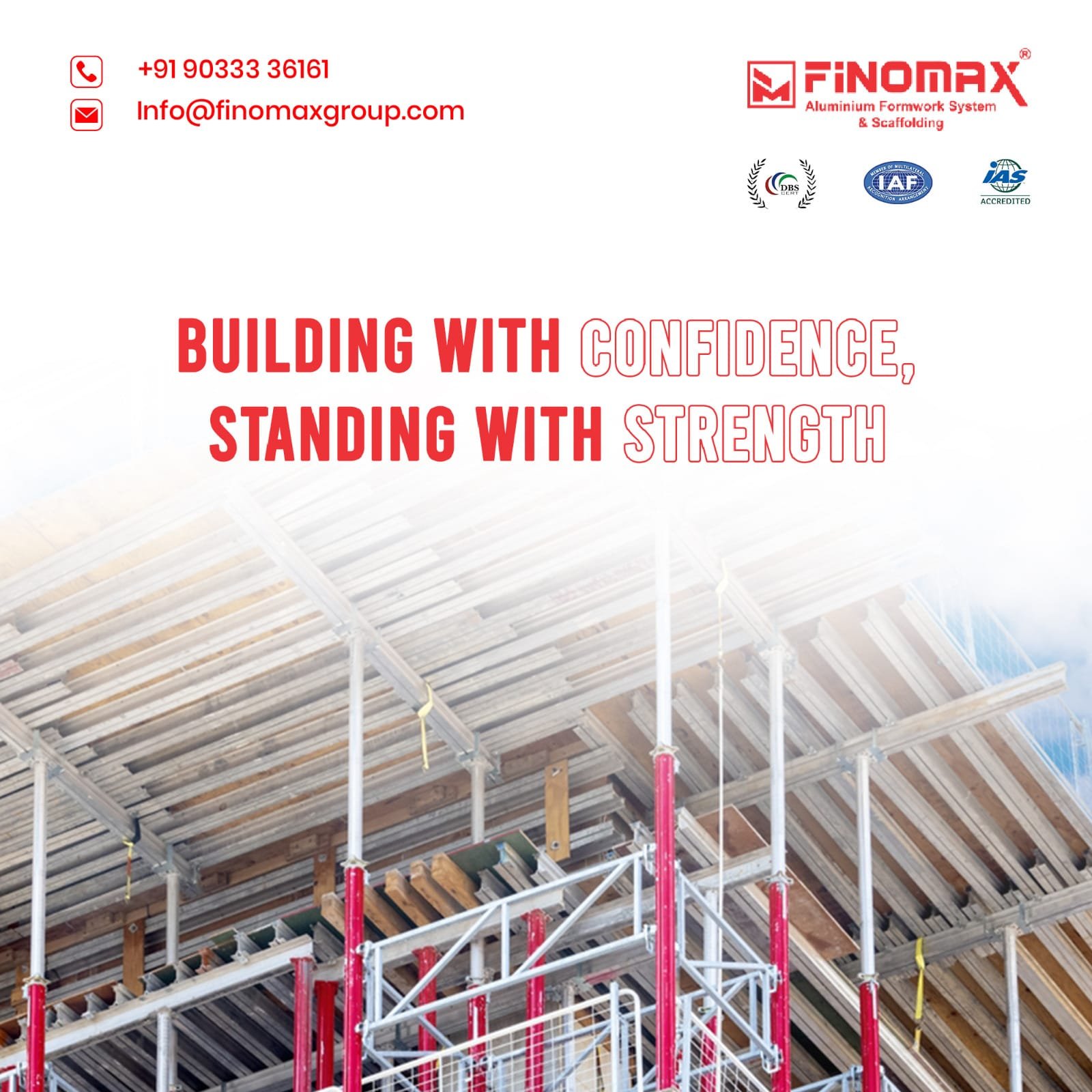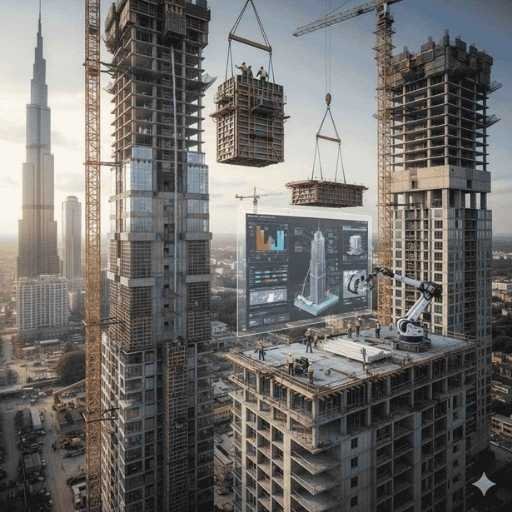
Introduction: The Dawn of a New Construction Era The Indian construction landscape is changing fast. With a massive demand for high-quality, high-rise, and affordable housing, traditional construction methods are struggling to keep up. Enter the game-changer: the Aluminium Formwork System. If you are a developer, contractor, or just interested in how modern marvels are built, you need to understand this technology. It’s more than just a temporary mould for concrete; it’s a fully engineered system that delivers speed, precision, and phenomenal finish quality. In this blog post, we’ll dive deep into what makes Mivan Aluminium Formwork the go-to choice, explore its key components, and highlight some of the top Aluminium Formwork Companies in India, including industry leaders like Winntus Aluminium Formwork and Knest Aluminium Formwork. What is Aluminium Formwork and Why is it Essential? At its core, Aluminium Formwork is a modern construction technology designed for the simultaneous casting of walls, columns, and floor slabs. Unlike old wooden or steel shuttering, this system uses high-strength aluminium panels and props. The most famous application of this technology, especially in India, is the Mivan Aluminium Formwork System (originally developed by Mivan Far East). It’s a monolithic system—meaning the entire structure (walls and slabs) is cast as a single, crack-free unit—leading to: Deep Dive: Aluminium Formwork Components & Accessories The secret to this system’s efficiency lies in its simple yet precise component structure. The system is designed for repetitive use, quick assembly, and minimal error. Key Aluminium Formwork Components: Essential Aluminium Formwork Accessories: The small parts are just as critical as the main panels. Look for these aluminium formwork accessories for secure and efficient assembly: Leading the Charge: Top Aluminium Formwork Manufacturers in India India has become a global hub for manufacturing high-quality construction systems. When evaluating a supplier, always look for experience, in-house manufacturing, and commitment to quality (like ISO certification). Knest Aluminium Formwork: The Tech-Focused Pioneer Knest Aluminium Formwork has quickly scaled up to become a significant market leader, focusing heavily on technology and customized solutions. Winntus Aluminium Formwork: The Integrated Solution Provider Winntus Formwork Private Limited is another prominent name among aluminium formwork manufacturers in India, often offering a complete portfolio of scaffolding and shuttering products alongside their aluminium system. Other Notable Aluminium Formwork Companies in India Beyond these domestic giants, the landscape includes other major players (both local manufacturers and international names operating in India) such as Finomax Scaffolding (who specializes in Mivan Formwork), Doka, Peri, MFE, and Unimax, all contributing to the growth of this efficient construction method. What is Mivan Aluminium Formwork and How Does it Differ from Traditional Construction? Mivan Aluminium Formwork is a modern monolithic construction technology where walls and slabs are cast together using precision-engineered aluminium panels. Unlike traditional methods, it enables faster construction cycles (6–7 days per floor), delivers a smooth, high-quality concrete finish that reduces or eliminates plastering, and creates a strong, crack-free, earthquake-resistant structure. How Many Times Can Aluminium Formwork Panels Be Reused? High-quality aluminium formwork panels can be reused 150–200 times with proper handling and maintenance. This high reusability makes the system highly cost-effective for mass housing projects and repetitive high-rise construction. What Are the Main Components and Accessories of Aluminium Formwork? Key components include: Wall Panels (for vertical structures) Deck Panels (slab formwork) Soffit Props (support for slab soffits) Essential accessories include: Pins and Wedges (for quick assembly) Wall Ties (to maintain wall thickness) Waller Clamps (for alignment and stability) Is Aluminium Formwork Suitable for High-Rise Buildings? Yes. The Aluminium Formwork System is widely preferred for high-rise towers and mass housing due to its speed, precision, durability, and ability to produce high-strength monolithic structures with superior earthquake resistance. Does Aluminium Formwork Reduce Construction Labour Costs? Absolutely. The lightweight panels and simple pin-and-wedge system allow faster assembly with lower reliance on highly skilled labour. This results in significant savings in labour costs and shorter project timelines.



